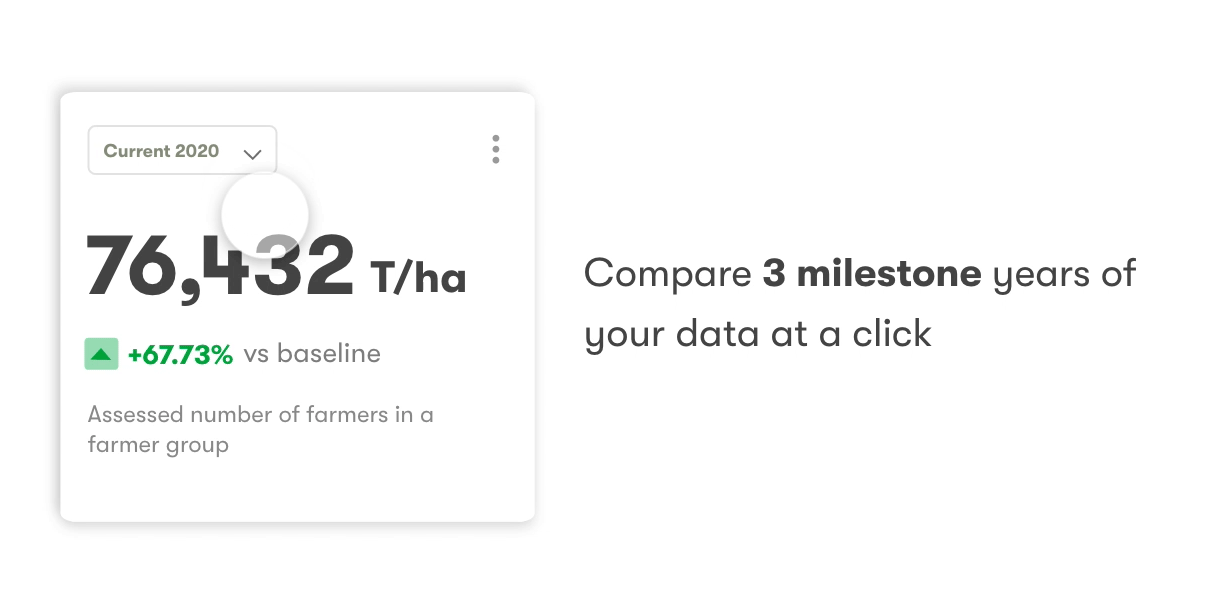CUTTING RICE'S CARBON FOOTPRINT
Rice is a staple food for much of the world’s population and production will need to nearly double by 2050 to meet demand. But it is also one of the most polluting crops, responsible for 10% of all global man-made methane emissions - a greenhouse gas 84x more potent than carbon dioxide - from the vegetation that naturally rots in flooded paddy fields.
In 2015, Olam joined a partnership with the Thai Rice Department and the German development agency GIZ to promote sustainable rice cultivation, and has since been working with rice farmers to implement the Sustainable Rice Platform (SRP) Standard to reduce the greenhouse gas footprint of rice, while improving yields and farmer livelihoods. The project began as a pilot with 71 farmers in Ubon Ratchathani. Since then, through implementing SRP practices the farmers have reduced methane emissions by as much as 70% by improving water and
nutrient management, as well as post-harvest rice straw and stubble management. They have also raised farmers’ incomes by about 10 per cent from using good quality seeds and more efficient inputs to boost yield while lowering production cost.
Two of the key changes to cultivation methods implemented under SRP relate to land levelling and seeding. Rather than relying on visual checks of the field to identify uneven spots, SRP recommends a laser transmitter to ensure the land is levelled with much greater precision. This helps to reduce the water and fertilisers needed, and results in more evenly maturing crops.
Then there’s the use of a drilling machine for direct seeding which, compared to the more common practice of broadcasting where seeds are scattered by hand, requires fewer seeds per hectare and establishes crops in rows, making it easier for farmers to monitor. Only about 31 to 44 kg of seeds per hectare are needed using a drilling machine, a fraction of about 187kg per hectare needed for the broadcasting method. And contrary to many farmers’ concerns that using a lot less seed would compromise yields, in fact, the extra space between seed rows allows the plant to produce more grain bearing branches.
To date, Olam has trained 12,775 Thai rice farmers on SRP principles, with a target to reach 15,000 farmers by 2022.
The impact of these projects under the SRP will be monitored through the environmental metrics of AtSource. The Eco-calculator allows rice brands and manufacturers to track the carbon and water footprint of their rice from the field, through processing and transport right up to their door. They will also see that as a result of sustainability out-reach programmes under SRP, the trend data is going down overall.
SRP REQUIREMENTS
- Record-keeping: Data on seed variety, yield, fertiliser and pesticide use, number of irrigations, among other things.
- Use of pure quality seeds that are free of weeds, other seeds, pests and diseases
- No burning of rice stubble
- Integrated pest management, which includes preventive methods such as use of resistant rice varieties and crop rotation.
- Rainwater harvesting and storage for supplementary irrigation, for rain-fed fields
- Alternate wetting and drying for fields with irrigation systems.
